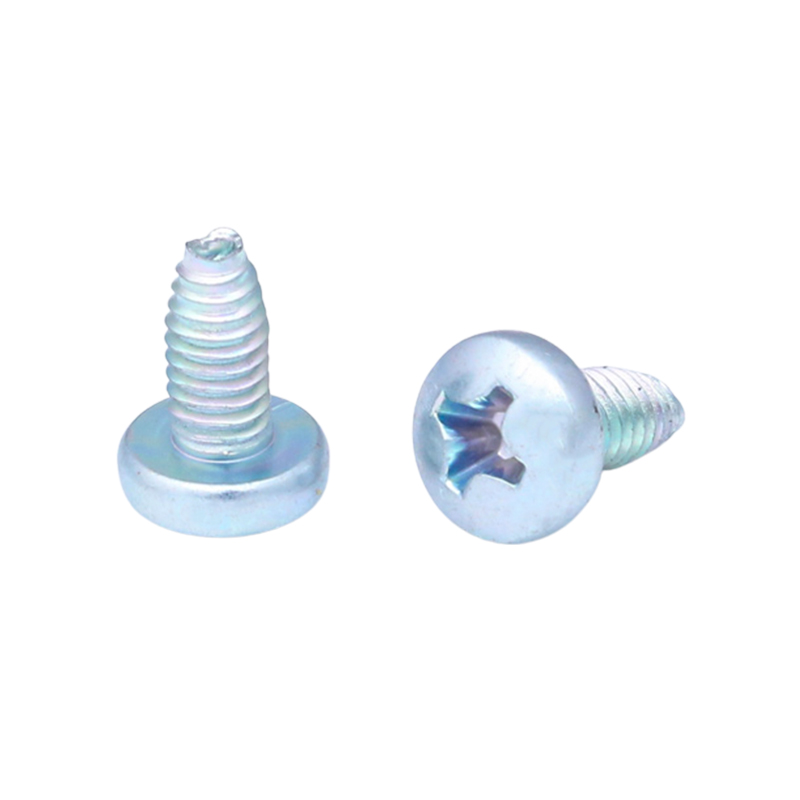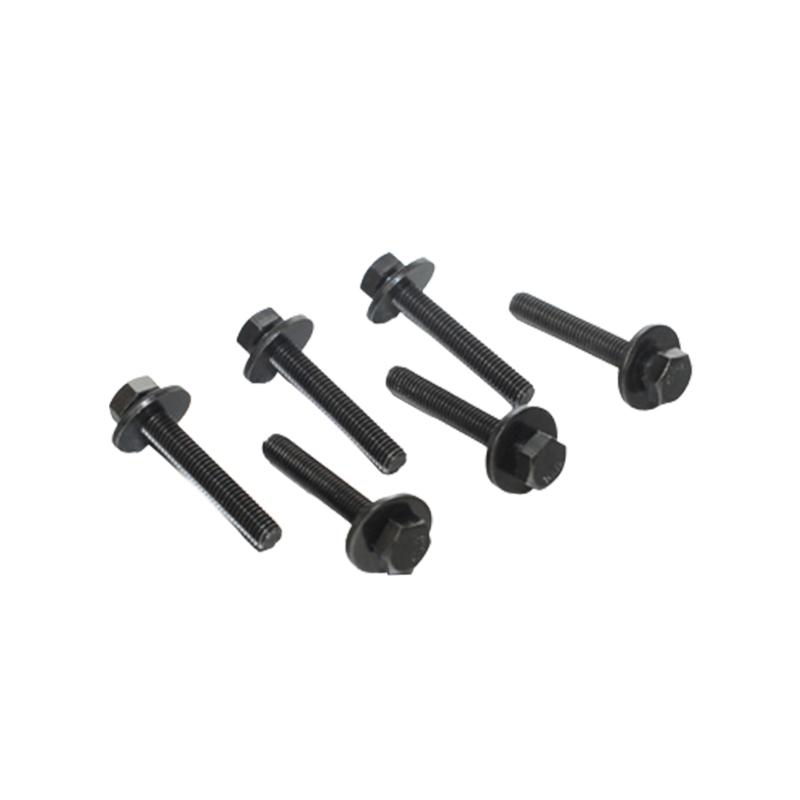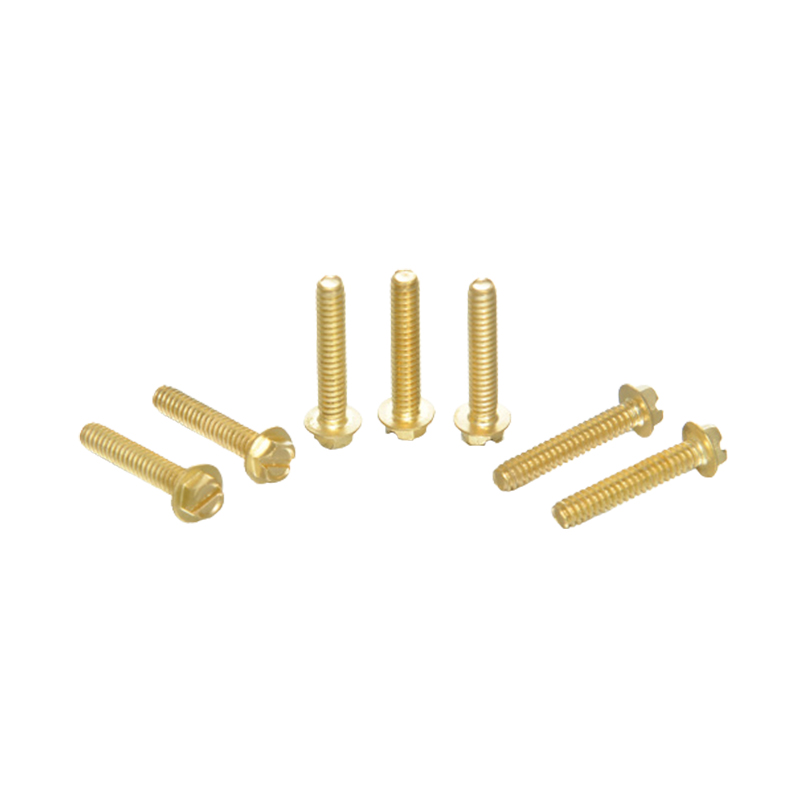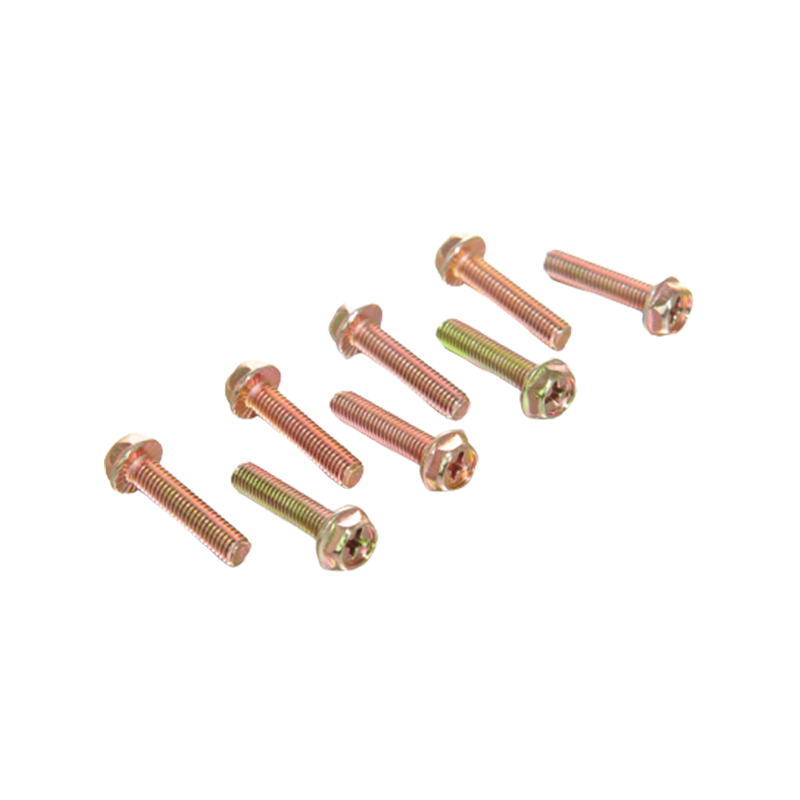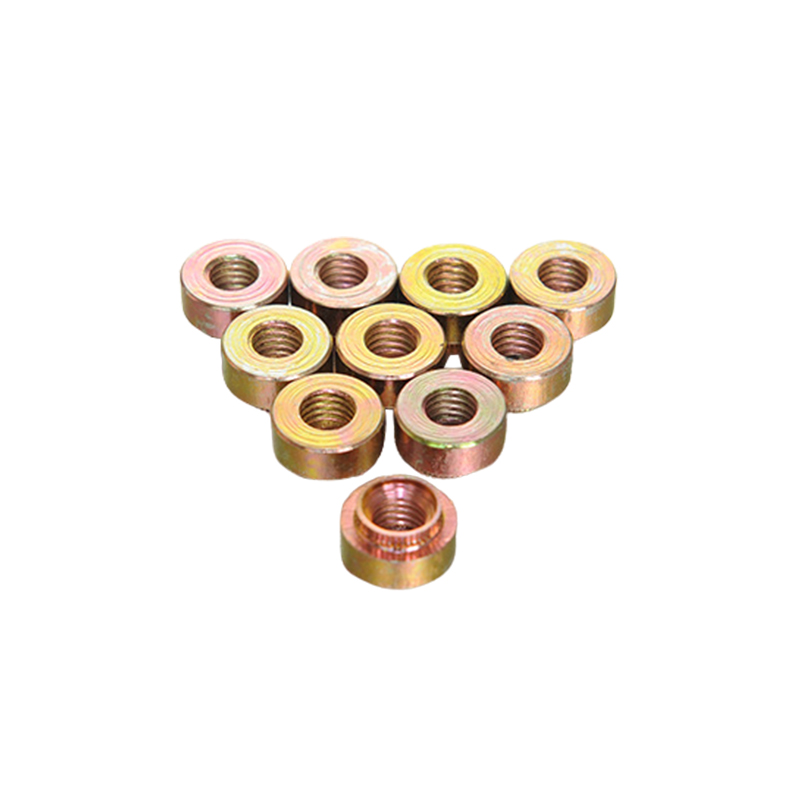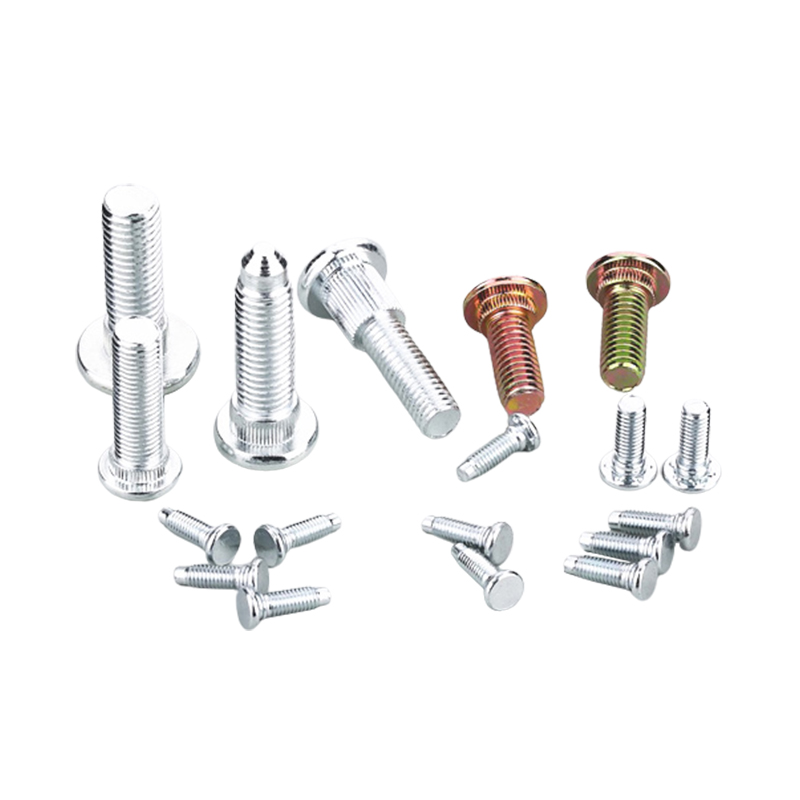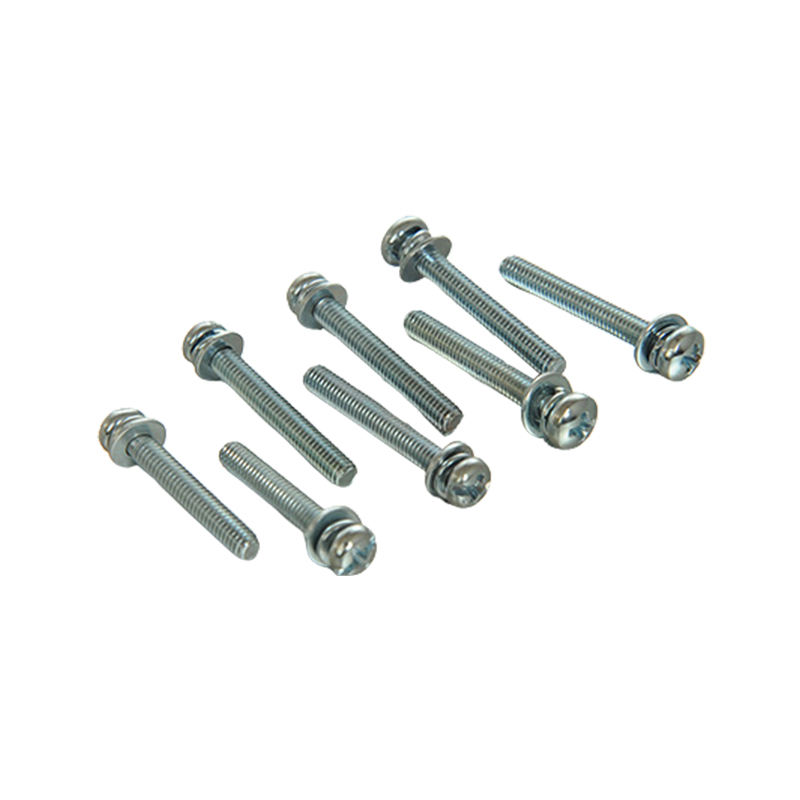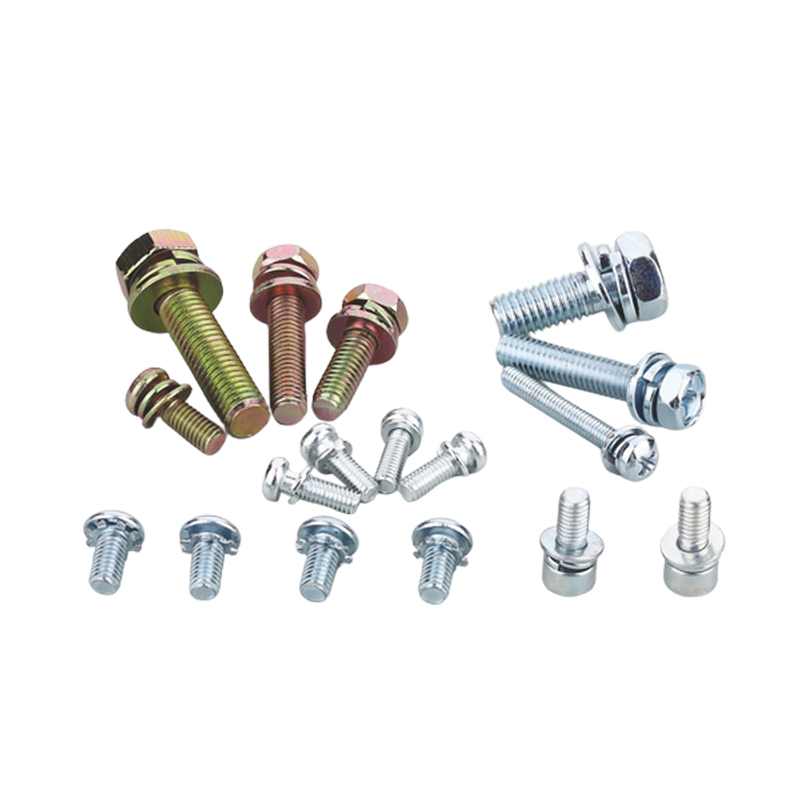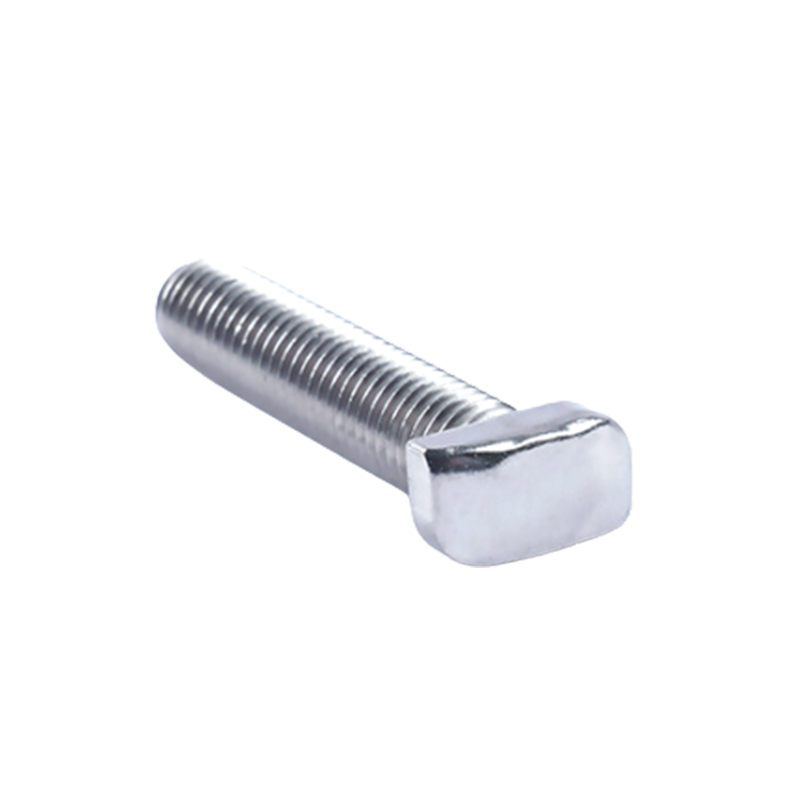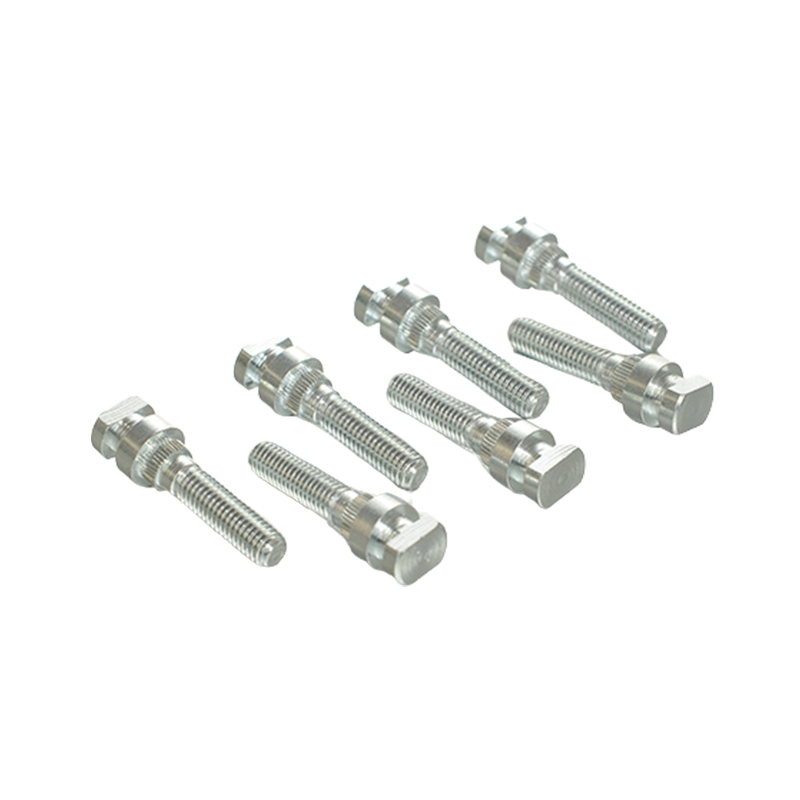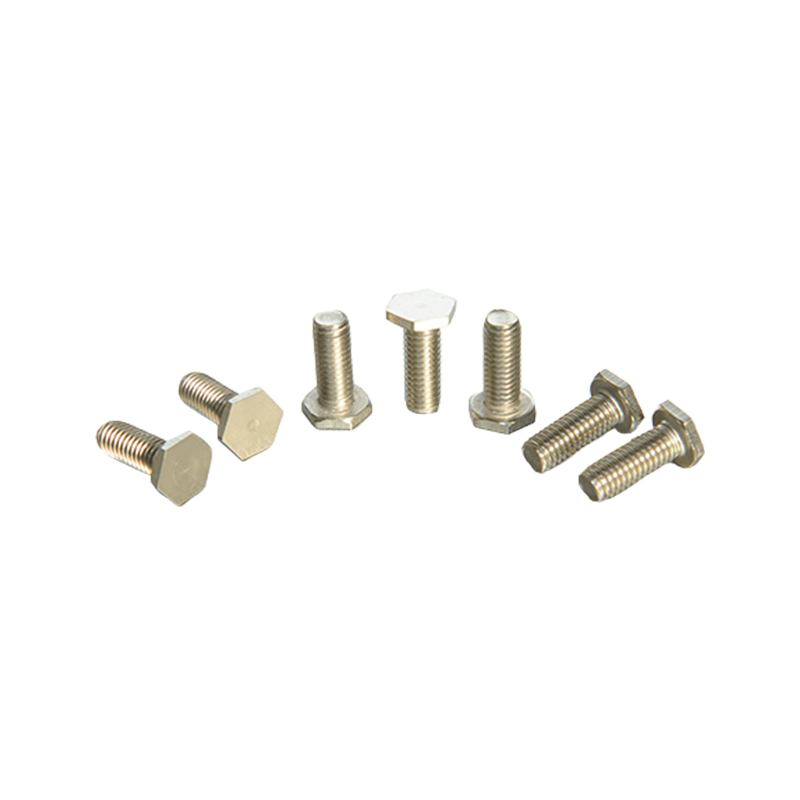Basic structural differences affect the assembly process
Combination screws are usually pre-assembled from screws, washers (including spring washers and flat washers) and other parts to form a whole. Ordinary screws are composed of only one screw, and washers or other fastening accessories need to be used separately by humans or machines during the installation process. This structural difference directly affects the simplicity and continuity of the assembly process. Due to its integrated design, the combination screw does not require the operator to use other parts during the assembly process, which simplifies the preparation steps before tightening and helps to improve the continuity of the assembly rhythm.
Obvious changes in the number of assembly processes
When using ordinary screws, the following steps are usually required: remove the screw, remove the washer, manually put the washer on the screw, align the hole, insert and tighten with a tool. When using combination screws, this process is simplified to: remove the combination screw, align the hole, and tighten. Since the washer has been pre-fixed on the screw, the intermediate accessories matching process is omitted, so in the assembly line or automated assembly process, combination screws can save a lot of manual operation time.
Stronger adaptability to automated assembly
Combination screws are suitable for automatic feeding and automatic tightening equipment because of their uniform components and consistent size standards. In automatic assembly equipment, multiple links rely on the standardization of part shapes. Combination screws avoid the problem of washers being misplaced or stuck during feeding, thereby reducing the abnormal rate of equipment and the risk of downtime. In contrast, ordinary screws require additional feeders to deliver washers or other components, which increases the complexity of the equipment structure and increases the maintenance cost and operation interruption risk of the automated system.
The error rate of manual assembly is relatively low
In the manual assembly process, ordinary screws often have problems such as washer missing, wrong installation direction, or slipping and loss. These detailed errors not only affect the fastening quality of the final product, but may also cause looseness or structural instability in subsequent use. The combination screws have a predetermined fixed structure, which greatly reduces the distraction of the operator, and helps to stabilize the assembly quality in processes with large assembly volume and tight rhythm. The reduction in error rate also further shortens the rework or quality inspection time, which improves the overall assembly efficiency from the side.
Centralized material management improves operational efficiency
Combination screws can be packaged, transported and stored as a complete part, simplifying the material preparation and sorting process of the production line. In contrast, ordinary screws and washers need to be managed separately, and assemblers need to frequently switch between multiple material boxes to retrieve materials, which prolongs the material preparation time. Especially in multi-batch and small-batch assembly tasks, the management advantages of combination screws are more obvious, which helps to organize workstations, control the rhythm and reduce the rate of material mis-feeding.
Balance between cost and efficiency
Although the unit purchase cost of combination screws may be slightly higher than the total price of ordinary screws and their individual accessories, the time cost, labor cost and rework risk saved in assembly efficiency can often make up for this gap. In large-scale and rhythmic industrial production environments, assembly efficiency often determines the output capacity of the production line, and the overall operating cost optimization brought by the use of combination screws is more practical. Especially in product lines with a high degree of standardization, combination screws have become one of the important components for improving rhythm efficiency.
Efficiency in specific industries is more prominent
Combination screws are widely used in home appliances, electronic assembly, automobile manufacturing and office equipment. These industries generally pursue the operational logic of efficient production and reducing human errors. In these industries, by using combination screws, assembly workers can complete a large number of repeated fastening operations in a short time, shorten the assembly cycle, and improve the product qualification rate and output quantity per unit time. In contrast, the use scenarios of ordinary screws are more suitable for maintenance, temporary fixation or low-frequency assembly. Although they are highly flexible, they lag slightly behind in production lines with high efficiency requirements.
Overall comparison and practical application suggestions
Comprehensively comparing the differences between the two in terms of structure, process, automation adaptability and management convenience, combination screws have many advantages in assembly efficiency. Especially in factory assembly lines, mass customization and links with high labor requirements, their practical value can be better reflected. However, in some scenarios of scattered maintenance, individual installation or non-standard hole requirements, ordinary screws still have certain applicability. When making actual choices, a balanced judgment should be made based on product characteristics, assembly methods and cost control requirements.


